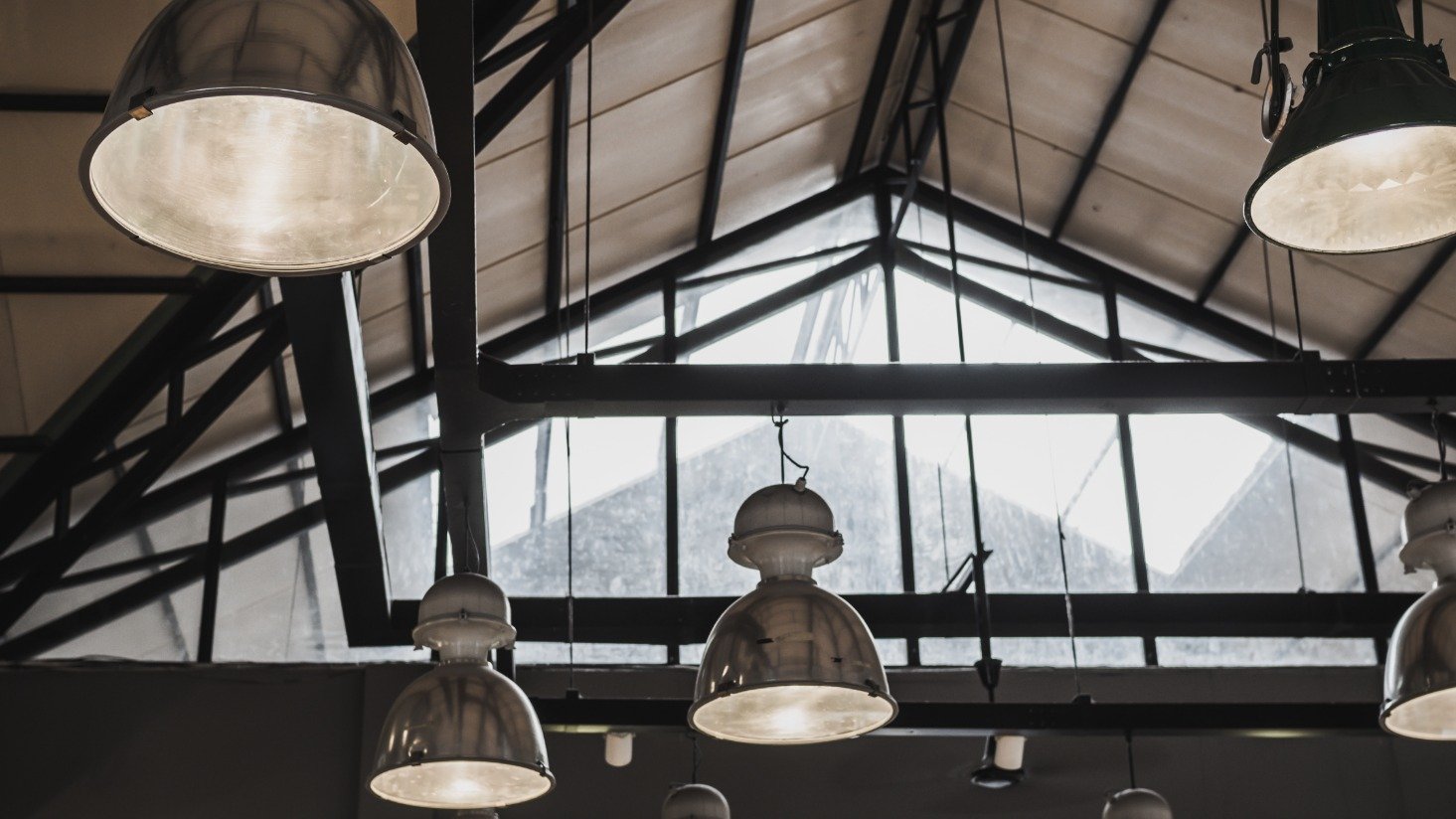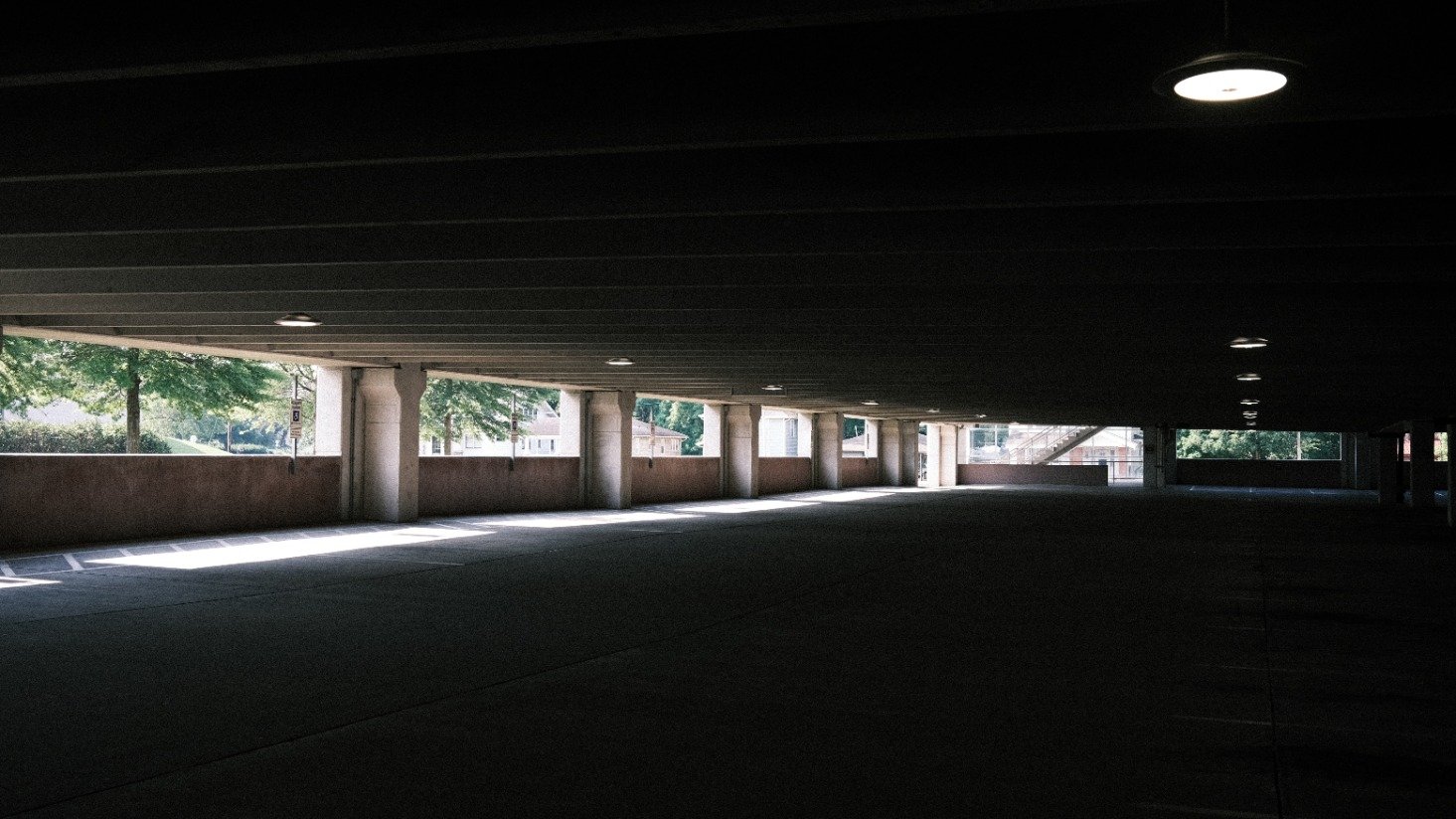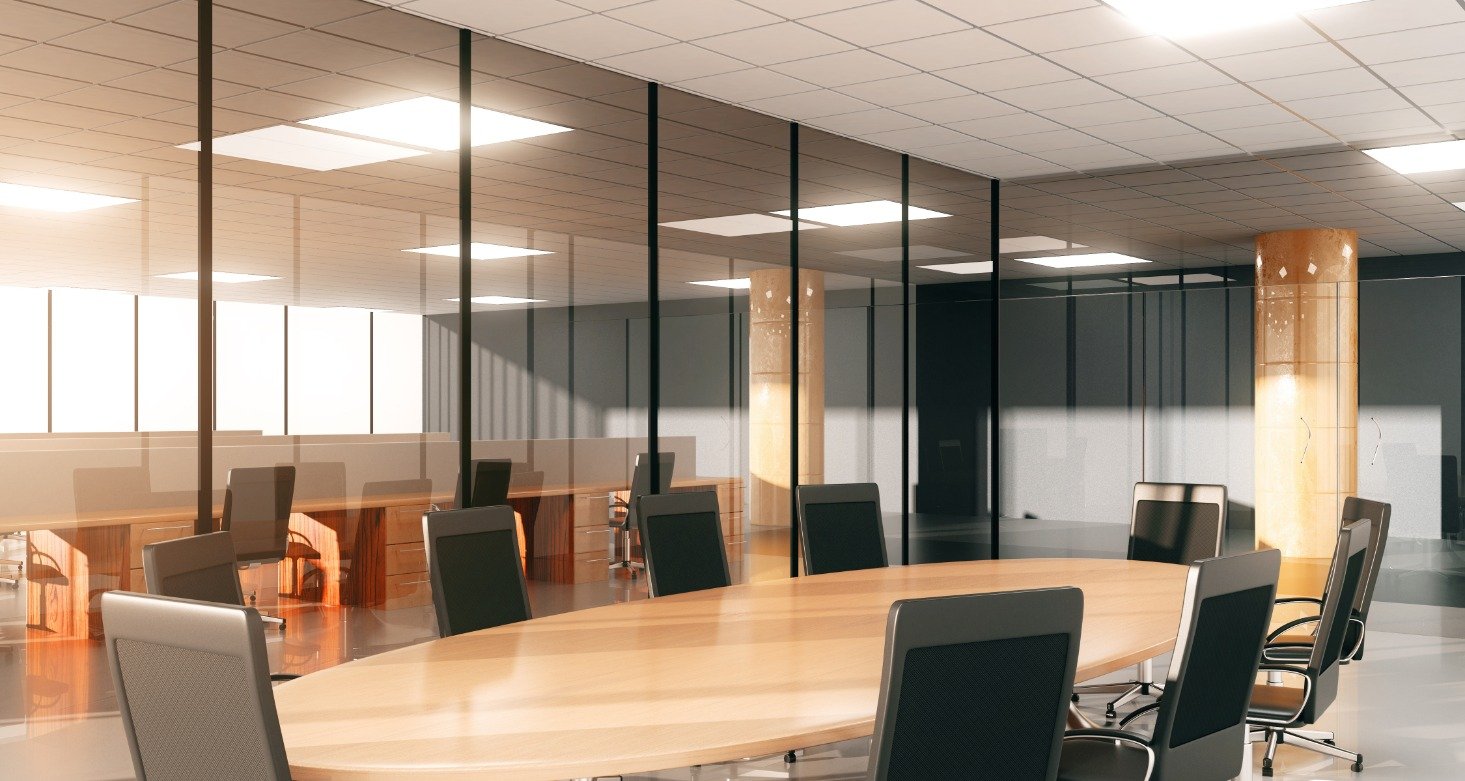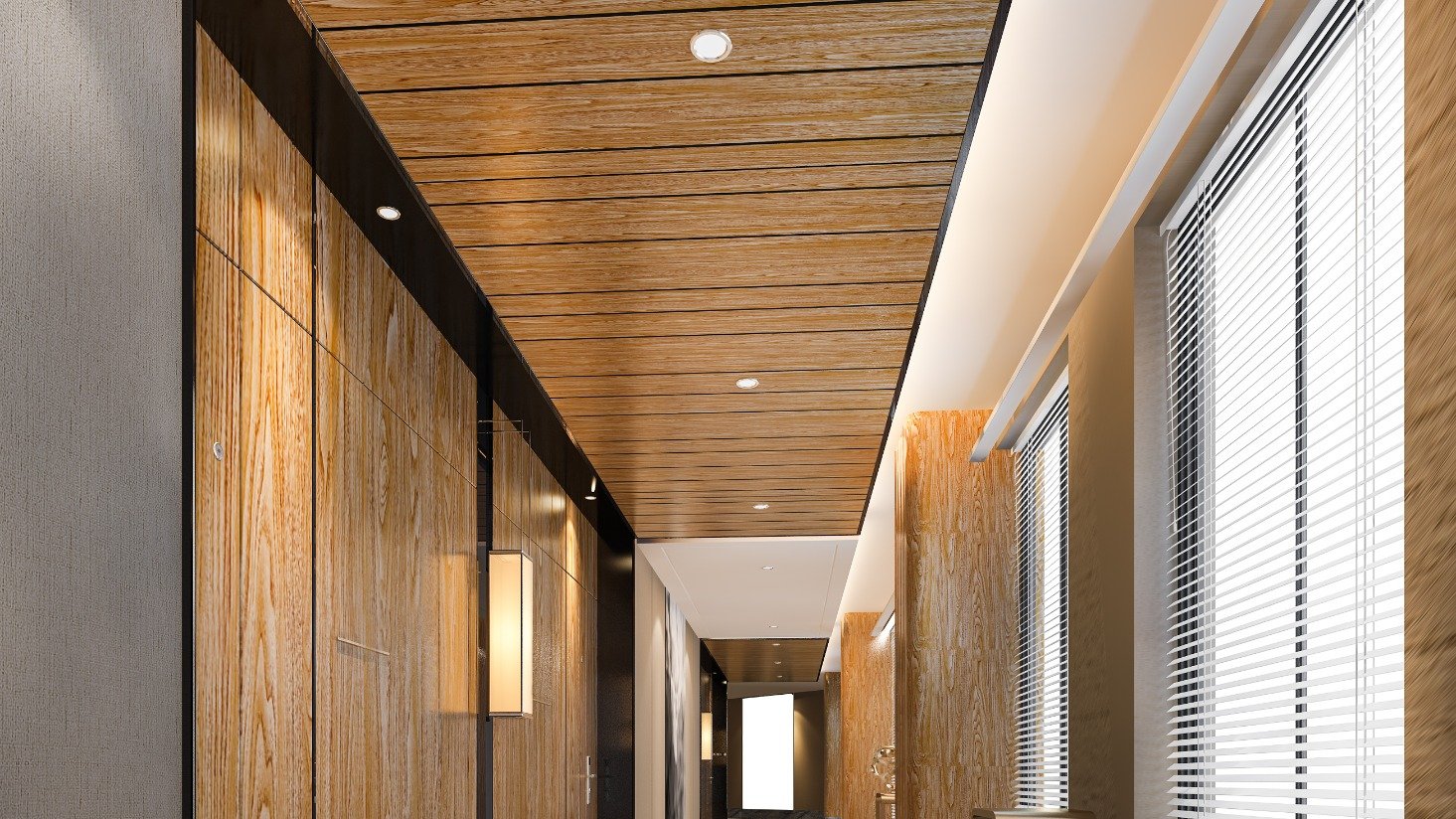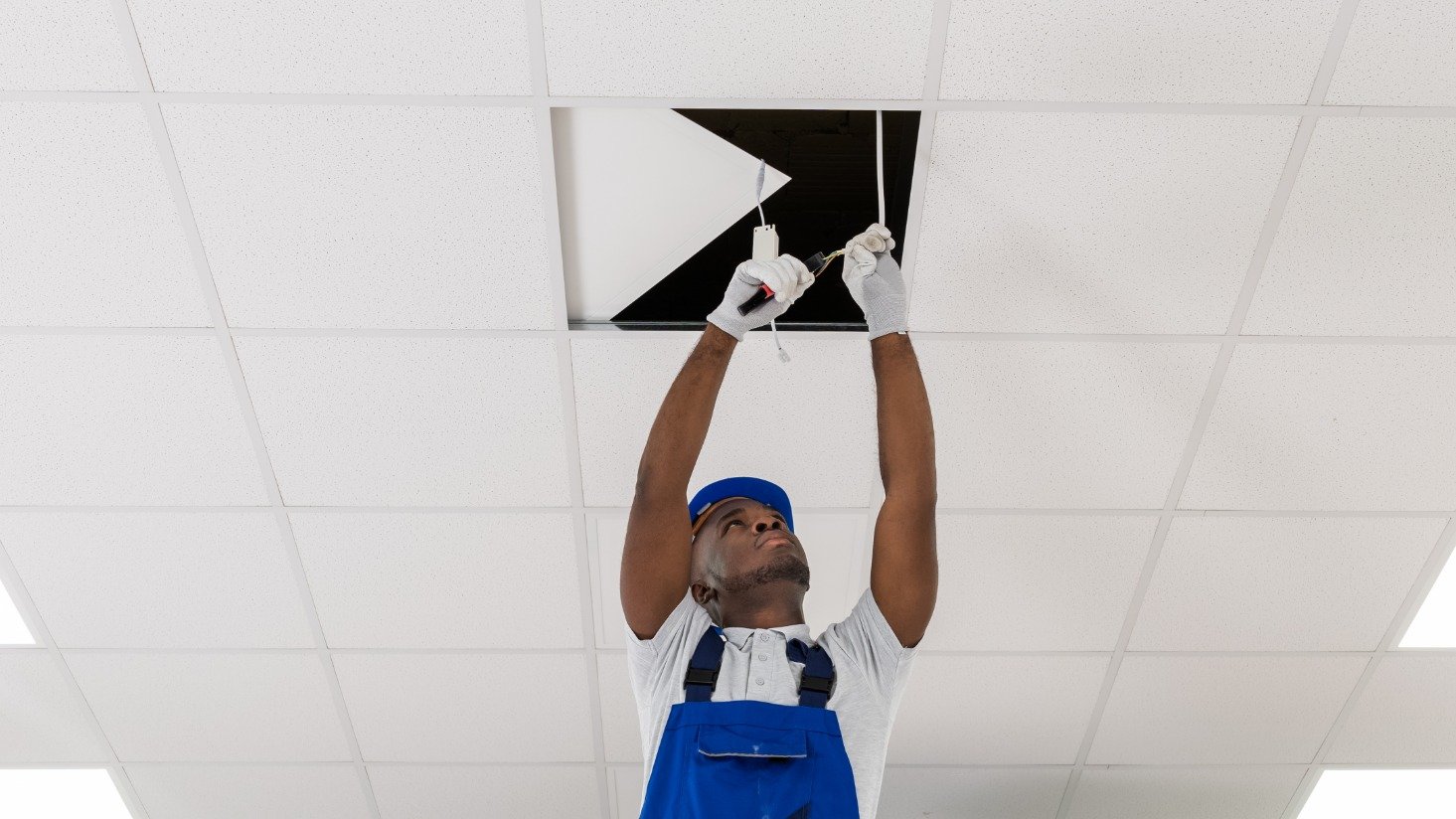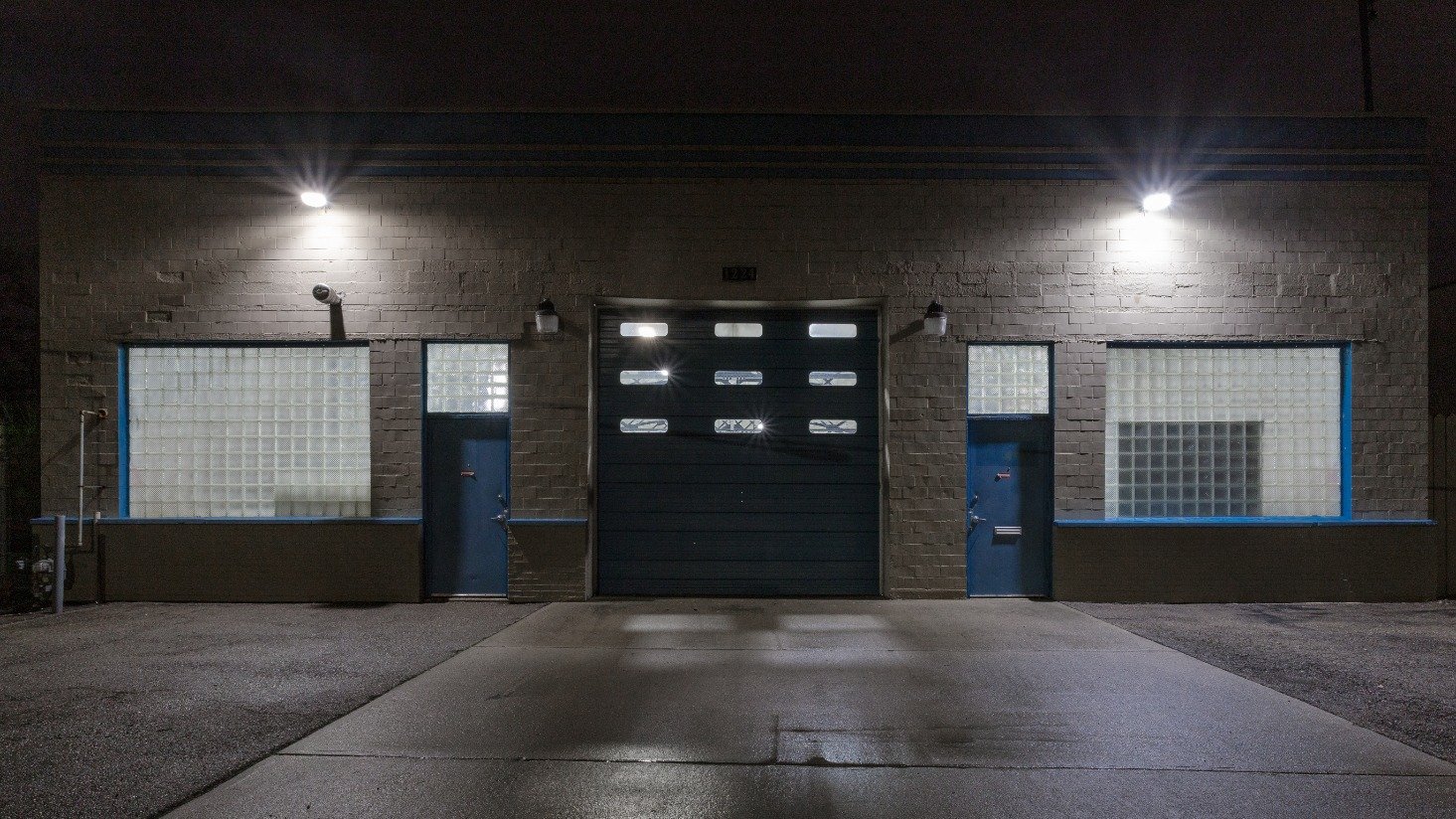How to pick the best LED high bay or low bay fixture
High bay and low bay fixtures light the vast majority of warehouses and manufacturing facilities across the country. These fixtures are so efficient at producing a significant amount of light from high ceilings that other industries — like big box retail — have also adopted them.
But there are some downsides to traditional high and low bay fixtures: they lose light over time, they can be expensive to maintain, and traditional HID fixtures can have unsightly color shift. As a result, you may have functional fixtures that are either costly to maintain or no longer produce quality light.
LED high bay and low bay fixtures are one of the most sought after upgrades we’re seeing today. Part of this is because of advances in the efficiency and controls integrations with these fixtures, and part of this is due to attractive rebates in certain utility territories.
We’re walking through some of the tips and tricks for picking the best LED high bay and low bay fixtures, and we’ll cover rebates as well.
How to compare LED high bay and low bay fixtures
High bay and low bay fixtures have a few key features that need to be considered. From light output (lumens) to light distribution to controls, let’s walk through the essentials.
1. Light output and efficiency on LED high bay and low bay fixtures
One of the reasons businesses choose these fixtures is because of the volume of light they produce. It’s important to remember that most light fixtures lose light output over time, so your current light output is likely lower than the original specification.
Some of the most common LED fixtures we see customers using are 135W to 145W fixtures that produce 20,000 to 25,000 lumens. This range of 140 to 175 lumens per watt is a great target.
The amount of light you need will depend on the environment (warehouse racking vs open production area), the ceiling height, and the needs of the space.
2. Color and wattage selectable versus fixed color and wattage high bays
“Color selectable” and “wattage selectable” fixtures are more and more common. These fixtures allow you to change the light color and in some cases wattage with small switches on or in the fixture. This feature on a fixture allows you to be more flexible with your space, but there can be a slight cost premium for the added flexibility. One more note on this is that wattage or color selectable configurations can also impact rebate eligibility, so make sure you do your homework if you’re hoping to claim a lighting rebate.
Since color and wattage-selectable fixture also simplify the stocking needs for suppliers, you may have an easier time finding product that’s in stock.
3. LED high bay and low bay controls
One of the most common ways to increase energy efficiency in warehouse and manufacturing spaces is through the use of controls. Most quality LED high and low bay fixtures have options for plug-and-play control modules like motion sensors that can be added in the field or by the manufacturer prior to shipping product.
These controls enable you to configure how the fixtures respond to daylight availability or use of the space. A common example is fixtures that turn on as someone walks or drives a lift down a warehouse aisle. With some older light fixtures, long warm up times prevented this control strategy, but instant-on LED fixtures allow more flexibility and savings.
We highly recommend adding controls to high bay fixtures, and in some cases this can dramatically increase lighting rebate incentives.
4. IP ratings for high and low bay fixtures
The IP rating on a fixture gives a sense for how protected it is from dust and moisture infiltration. This may not seem like a big deal at the beginning, but warehouses can be dusty places. Over time, it’s common for fixtures with a lower IP rating to collect dust in the lenses that degrade light output, look unsightly, and create costly maintenance issues.
We cover IP ratings for warehouse fixtures in more detail here, but this should be a factor as you’re considering high and low bay LED fixtures.
5. High bay and low bay fixture availability
Product availability can throw a wrench in any lighting project, so this should be a factor as you consider your options — especially if you’re on a timeline for a lighting rebate.
Many manufacturers are bringing stock into the US or assembling fixtures in the US to help with shortening lead times. It’s generally best to consider looking for products where a distributor or manufacturer have available inventory in the US.
6. LED warranty
Reputable manufacturers generally offer warranties on fixtures in the five-to-ten-year range. In most cases, a warranty only covers the product itself and not installation labor.
Since high bay lighting tends to be used in high-ceiling applications where a lift is required for maintenance, a higher-end product with a longer warranty or even an extended warranty may be worth evaluating.
7. Rebate eligibility
Some of the best lighting rebates available today apply to high and low bay lighting upgrades. Utility rebates are a great way to help reduce your project cost, so make sure that you consider any requirements like the latest DLC rating, wattage requirements, and more when selecting a new LED fixture.
You may also want to check with your utility on the impact of color and wattage selectable features on rebate eligibility.
It’s best to check directly with your utility company on these requirements so you don’t have any surprises, and if we’re running a project for you, our team can also help with this.
Brand and cost for LED high and low bays
When it comes to high and low bay light fixtures, it’s easy to think that they’re all essentially the same. So, why not go with the least expensive option to get the fastest possible payback?
The challenge on the lowest LED fixtures isn’t something that’s necessarily obvious at the start. First, the materials used for the panel and housing may not be made to last. Whether it’s premature yellowing or brittle plastics, you don’t want to be dealing with a fixture that looks 15 years old shortly after your install.
Another quality consideration is on the chips and electronics that produce the light. Many of the lowest cost products cut corners on power conditioning or chip quality that can cause serious reliability issues. We cover this in more detail in this article about LED quality.
When you’re comparing the larger, more reputable manufacturers, the differences have narrowed considerably.
If you’re looking for other lighting products and you can consolidate to a specific brand, you may be able to negotiate better pricing based on volume. Or maybe you’re trying to hit an overall fixture price or project cost which will drive you toward a specific option.
Your best bet is to work with a lighting partner who can help you evaluate options and deliver a product that meets the performance and budget needs for your project. In the end, you may be surprised to see mid-range fixtures producing better long-term financial results than the lowest cost fixtures when you factor in energy savings, controls, and warranty.
How to pick the best LED high bay or low bay fixture
There is a wide range of options and applications for high and low bay fixtures. Ultimately, the best LED fixture is going to depend on your budget and facility-specific requirements.
We highly recommend doing a mock up of a single fixture or even row of fixtures to help you get a sense for the performance of a lighting upgrade. Additionally, our team can help determine the ideal fixture layout and fixture comparisons to make sure your lighting performs to your expectations.
If you’re working on a lighting retrofit, remodel, or a new construction project involving high bay or low bay fixtures, we’re here to guide you to the products that fit your needs and timeline. If you’re ready to dig into a project or you have an over-budget lighting package that you need help with, schedule a lighting consultation with our team here.
